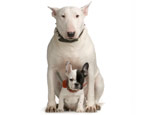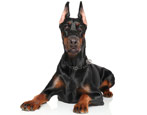Lakeland Terrier: breed description and cultivation

The Lakeland Terrier breed is a small fluffy dog known for its courage and loyalty. The dog quickly gets used to its owner and remains faithful to him forever. This breed is perfect for both single people and families with children. She can become everyone's favorite. The main thing is to raise your pet correctly.
It is about this fluffy pet that will be discussed in the article.
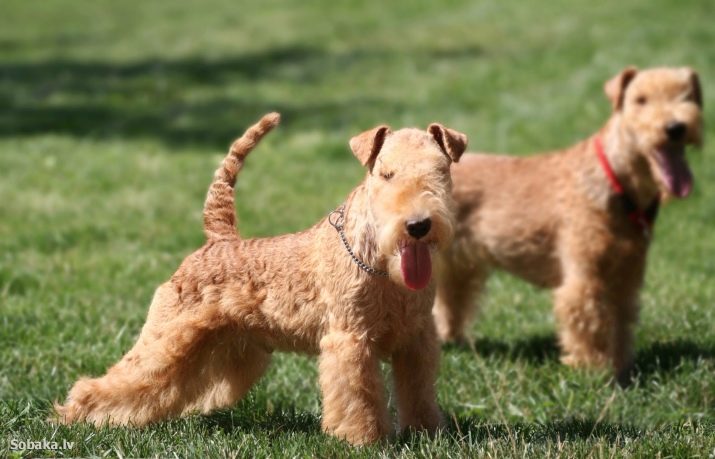
Origin of the breed
Originally, the Lakeland Terrier breed was called the Patterdel Terrier and lived in the Lakeland Lake District. However, outwardly, the dog was very different from all other terriers and resembled a soft toy. Long legs and a narrow body helped the animal quickly and dexterously navigate the rocky, wet terrain. This dog was like that until the beginning of the twentieth century, however, little has changed in it.
With the onset of the twentieth century, the Patterdel Terrier was renamed the Lakeland Terrier. A dog intended for hunting instantly won the hearts of many people and is still popular today.
The first fame for the breed came around 1912: it was then that the British Kennel Club recognized it as official. In America, the Lakelands appeared in 1936, but in Australia much later - in 1948.
On the territory of Russia, the first Lakelands appeared about 20 years ago, now their breeding is considered a successful and rather profitable business.
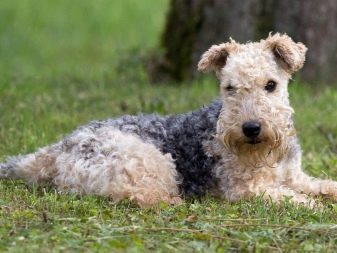
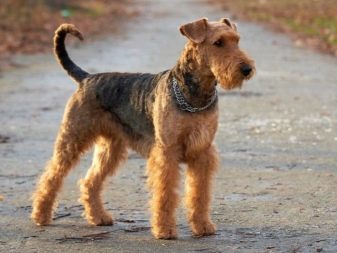
Description
The Lakeland Terrier can be recognized by the following:
- dogs of this breed do not differ in large size;
- the animal's muzzle has a slightly elongated rectangular shape;
- Lakeland ears are V-shaped, set high and folded;
- the nose is black, and the eyes are both black and brown;
- the coat is curly, and, as a rule, slightly longer than average, the coat growing on the muzzle and legs is longer than on the body;
- the average dog size is 37 cm and the average weight is 7 kg.

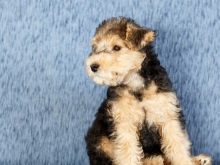

As for the coat color, the following basic colors can be found in dogs of this breed:
- black;
- wheat;
- hepatic.
In addition, in addition to monochromatic colors, various combinations can be found on individual parts of the body. For example, the head and shoulders of an animal may be wheaten, while the rest of the body is brown.


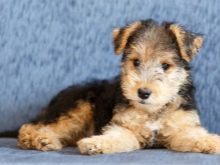
Character
By its nature, the dog can be described as a restless and cheerful pet, charging everyone around with its positive energy.
As mentioned earlier, the very first purpose of the breed in the past was hunting. Therefore, the hunting instincts of the dog have survived to this day. It is important to ensure that the pet does not harm the animals and small pets around it.
The Lakeland Terrier is a monogamous dog. This devoted dog is extremely difficult to endure separation from the owner and remains faithful to him forever. For the sake of man, the dog is ready for almost anything - be it hunting or protecting the owner.
The animal is very active and needs walks and games every day. For people with an active lifestyle, this dog will be an ideal option and companion for long trips.
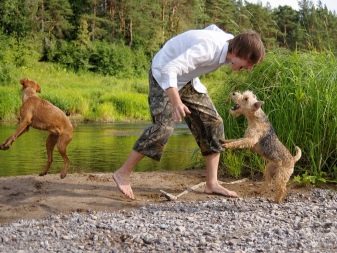
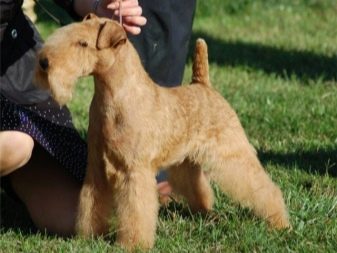
How to choose a puppy
If the choice was finally settled on a Lakeland Terrier dog, then you should know important rules before buying a puppy. The first step in choosing an animal is to pay attention to the following two factors:
- dog health;
- character.
It is by these important factors that the quality of the acquired dog should be assessed.
It is also very important to take a pet. only in official nurseries or trusted breeders, where they can show not only the mother of the puppy, but also his father. The seller must necessarily advise the buyer about the rules for caring for the puppy, as well as provide all the necessary information about the puppy in terms of health and habits.


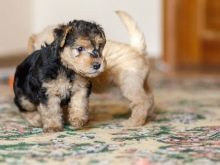
A prerequisite for the purchase is a purchase and sale agreement, according to which the new owner receives all the necessary documents (passport with vaccinations and birth card).
Care
Due to the weak molting of the dog, caring for it is not particularly difficult. However, all excess hair should be thoroughly combed out regularly (at least once every 2-3 months).
Other care procedures are as follows.
- Regular brushing with a stiff brush is recommended no more than twice a week.
- As for the strong hunting teeth of the dog, a regular preventive examination will be enough to care for them. With the eyes and ears of the Lakelands, things are a little more complicated - they require special attention due to certain diseases.
- Cleaning the ears should be done regularly, as an ear mite can settle between them and the skull. Seasonal cleaning from various harmful insects is also mandatory.
- If we talk about worms, then they should be run at least 10 days before the mandatory annual vaccination.
- In general, dogs of this breed are distinguished by rather good health with rare, but possible pathologies, which are usually transmitted by inheritance. Cataracts are a common problem and need to be stopped as soon as possible.
- You can keep such a dog both in the city and in the countryside. It is important that drafts do not fall into the sleeping corner of the animal.
Walking with Lakeland should last at least an hour and a half.

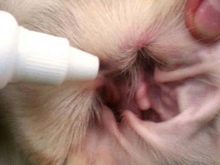
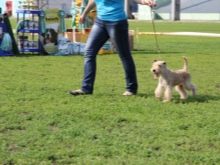
Nutrition
According to experts, most of the diet of the Lakeland Terrier should consist of special dry food for premium dogs. These foods are specially formulated for active and energetic dogs to replenish all the energy lost during the day. However, when choosing a feed it is best to consult with a specialist and take into account such important factors as the height and weight of the animal.
Also, we must not forget about meat - 300 grams in the daily diet of a pet will be more than enough. Vitamin supplements with all the necessary mineral elements will not be superfluous. In addition, the following are considered suitable for food:
- cottage cheese;
- sea fish (boiled and boneless);
- porridge boiled in water;
- eggs (2 pcs. per week).
You can add vegetables to meat: beets, cabbage, carrots, zucchini.
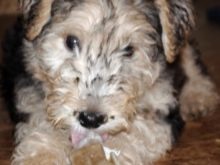
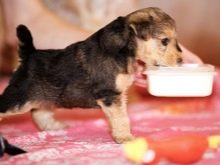
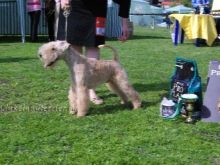
It is important that the diet of the Lakeland Terrier is as balanced as possible.
Upbringing
You need to educate the dog gradually, without using physical force and aggression. Lakelands are quite smart and quick-witted dogs, so it is not that difficult to train them.
If there are small children in the house, then you need to explain to them that it is categorically impossible to take pet toys. Doing so can infuriate the dog.
When walking your pet, it is always necessary to keep it on a leash so that it does not harm others with its hunting instincts.
Experts recommend starting training from six months, and until this age, simple basic commands will be the best option. It is very important that daily training is playful and relaxed, with rewards in the form of treats, so that the dog will be more easily involved in the process.
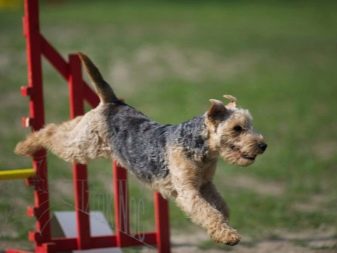
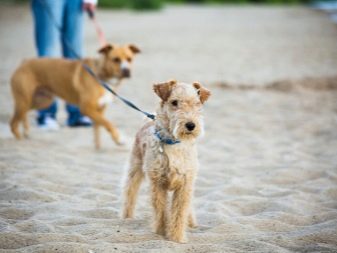
Pros and cons of the breed
Before you buy a dog of absolutely any breed, it is imperative to consider all the advantages and disadvantages. The advantages of this breed include the following:
- positive and cheerful character of the dog, which can cheer up a person;
- this dog is distinguished by a special ability to capture the mood of the people around and their intentions, which is why such pets are the best suited for the role of a guard;
- due to the rarely shedding coat and good health, the dog does not require complex and long-term care.
With the right upbringing, the dog is loyal to other animals and children.
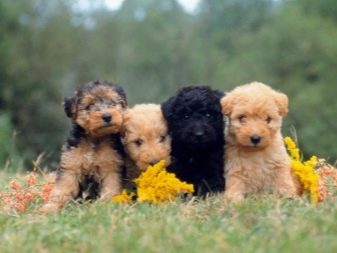
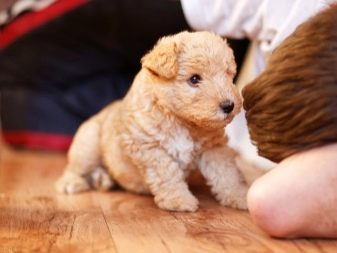
Particular attention should be paid to the disadvantages of the dog's character, namely:
- the hunting past at times makes itself felt - it is then that the Lakelands become uncontrollable and are able to harm small creatures;
- in the absence of attention at a small age or overly aggressive behavior on the part of the owner, the dog can grow up very spoiled and pugnacious;
- are wary and sometimes aggressive towards strangers.
Raising a Lakeland Terrier, like any pet, is a difficult but rewarding business. Training should be an integral part of this dog's life, otherwise an uncontrollable hunter can grow out of it. For lonely and active people, such a dog will be an excellent friend and companion.
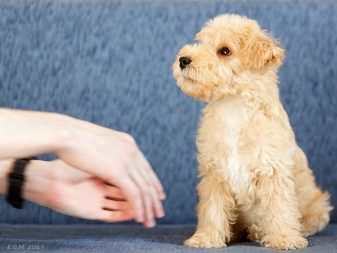
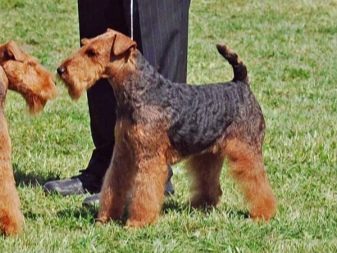
For the characteristics of the breed and care, see the following video.






